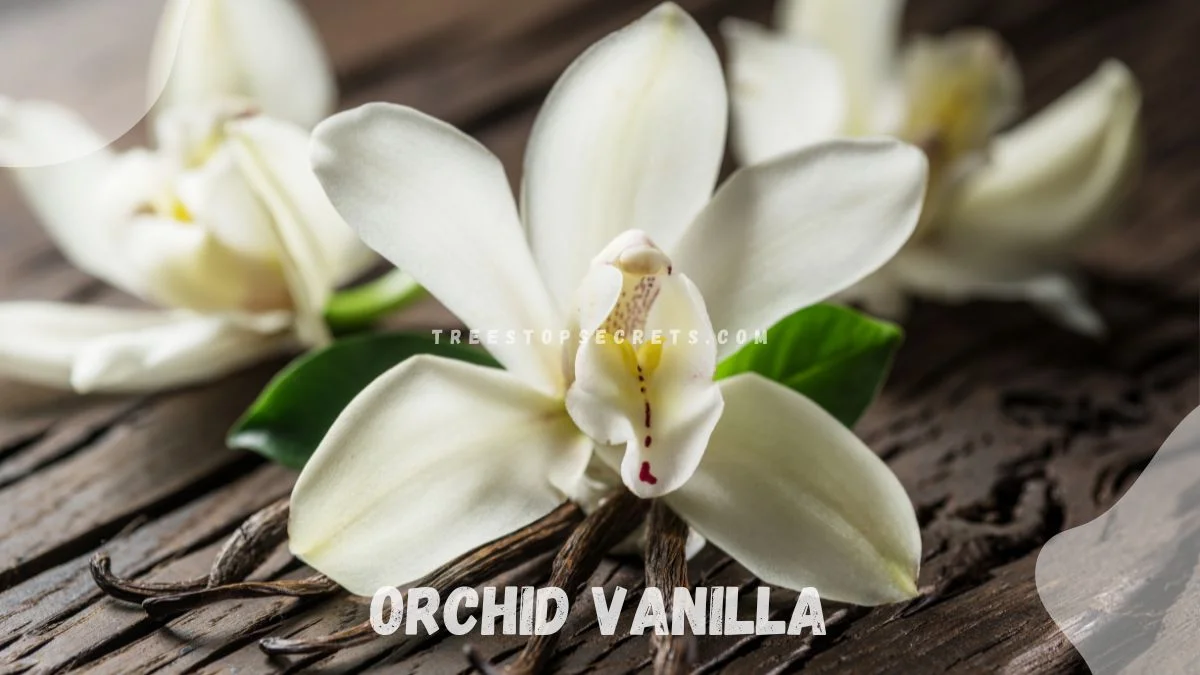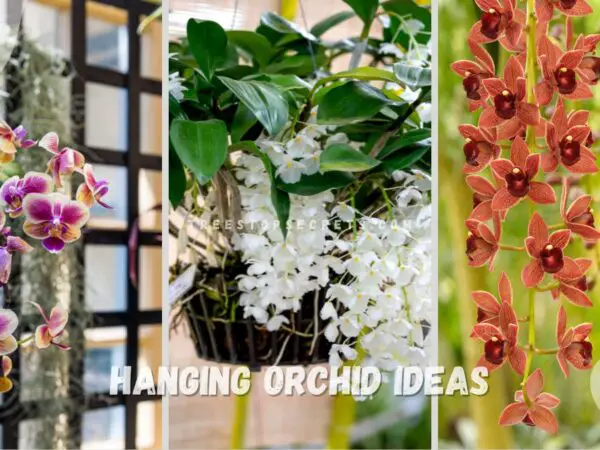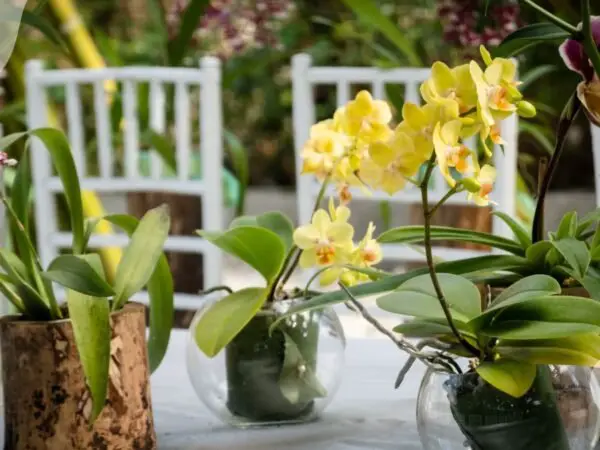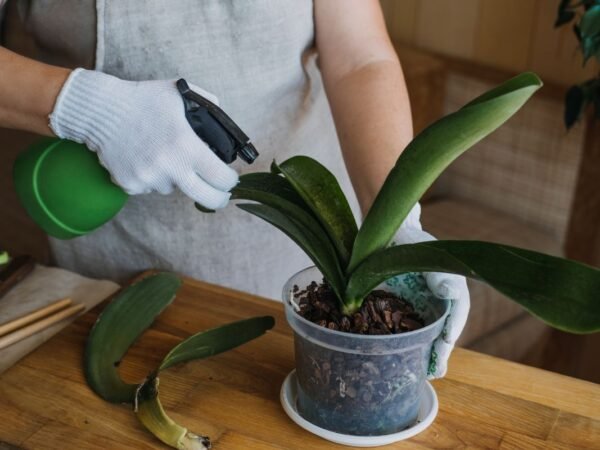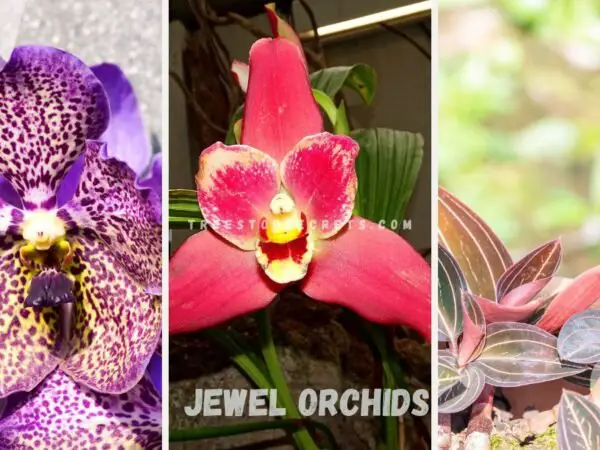Did you know that orchid vanilla is one of the most expensive spices globally, second only to saffron? This luxurious vanilla flavoring adds a touch of elegance to culinary creations and beauty products alike. Dive into the world of orchid vanilla flower with us as we explore its fascinating origins, unique cultivation methods, and versatile uses. Whether you're a seasoned chef or a skincare enthusiast, orchid vanilla's rich aroma and flavor profile are sure to captivate your senses and elevate your creations to new heights.
Key Takeaways
- Understanding Orchid Vanilla: Orchid vanilla is a unique plant with specific care requirements that can enhance your indoor gardening experience.
- Cultivation Essentials: Ensure proper light, temperature, and watering for healthy orchid vanilla growth.
- Advanced Care Techniques: Implement specialized care techniques like air circulation and humidity control for thriving orchids.
- Blooming Success Secrets: Trigger blooming by providing the right conditions such as a dormant period and proper fertilization.
- Common Orchid Issues: Address common problems like overwatering or pests promptly to maintain orchid health.
- Propagation Methods: Explore propagation methods like division or keiki growth to expand your orchid collection and share with others.
Understanding Orchid Vanilla
Description and Origins
Vanilla planifolia grows as an evergreen vine, showcasing a climbing growth pattern that requires support for optimal development. Its glossy, bright green leaves contribute to its aesthetic appeal, adding vibrancy to any garden or plantation. The flowers of Vanilla planifolia are distinct, boasting a delicate cream color and a rich, sweet scent that is synonymous with the characteristic vanilla flavor.
Taxonomy and Types
The historical background of the scientific descriptions of Vanilla planifolia dates back to notable botanists like Henry Charles Andrews and Charles Plumier. These pioneers provided detailed insights into the unique features of the plant, paving the way for further research and cultivation. Vanilla planifolia holds significant importance as the third species within the genus Vanilla, solidifying its position in botanical studies and culinary applications.
Distribution and Habitat
Vanilla planifolia thrives in native regions within the neotropical realm, primarily found in countries like Mexico, Madagascar, and Tahiti. The plant's growth is dependent on specific climatic conditions, including warm temperatures, high humidity levels, and well-drained soil. However, habitat loss due to deforestation and urbanization poses a significant threat to the population of Vanilla planifolia, highlighting the importance of conservation efforts to preserve this valuable species.
Cultivation Essentials
Light and Temperature
To thrive, Vanilla planifolia requires bright, indirect light, making it ideal for east-facing windows or filtered sunlight. Consistent temperatures between 60-80°F are best for cultivating Vanilla planifolia. Maintaining stable light and temperature levels is crucial for its growth.
Soil and Water Needs
Vanilla planifolia thrives in well-aerated, loose soil with good drainage, such as a mix of bark, perlite, and moss. Watering should be moderate, allowing the top layer of soil to dry before re-watering. Well-draining soil is essential for the healthy development of Vanilla planifolia.
Humidity and Fertilization
A humidity level of around 60-80% is optimal for Vanilla planifolia, mimicking its natural tropical habitat. Fertilize Vanilla planifolia every 2-4 weeks during the growing season using a balanced fertilizer. Balanced nutrients play a vital role in encouraging the growth of Vanilla planifolia.
Advanced Care Techniques
Pruning and Propagating
Pruning is essential for maintaining Vanilla planifolia, helping it thrive. Regular pruning enhances plant health and promotes new growth. To prune, use sharp, clean shears to remove dead or overgrown stems.
Propagation of Vanilla planifolia can be done through cuttings or division. For cuttings, select a healthy stem with at least two nodes and root in water or soil. Division involves separating the plant into sections for replanting.
Regular pruning is crucial for the health of Vanilla planifolia. It stimulates growth, improves air circulation, and prevents diseases. Avoid over-pruning to maintain a balance between growth and flowering.
Potting and Repotting
Proper potting methods are vital for the well-being of Vanilla planifolia. Use a well-draining potting mix with good aeration to prevent waterlogging. Opt for a pot with drainage holes to avoid root rot.
Indicators signaling the need for repotting include roots growing out of drainage holes and overcrowding. Repot Vanilla planifolia every 2-3 years to refresh the soil and provide more space for root growth.
Choosing the right pot size is crucial for the optimal growth of Vanilla planifolia. A too-small pot restricts root development, while an oversized pot can lead to overwatering and root rot.
Blooming Success Secrets
Enhancing Bloom
To enhance the blooming of orchid vanilla, ensure it receives adequate sunlight, around 6-8 hours daily. Maintain a consistent watering schedule, allowing the soil to dry slightly between waterings. fertilize the plant regularly with a balanced orchid fertilizer to promote healthy growth.
Factors contributing to a successful blooming cycle include proper humidity levels, ideally between 60-80%. Adequate ventilation is essential to prevent stagnant air around the plant. Optimal temperature ranges between 70-80°F during the day and slightly cooler at night, mimicking its natural habitat conditions.
Proper care practices play a crucial role in maximizing the bloom of Vanilla planifolia. Regularly inspect the plant for any signs of pests or diseases and take prompt action if detected. Pruning dead or damaged parts helps redirect energy towards new growth and flowering.
Troubleshooting Tips
When facing common issues while growing orchid vanilla, such as yellowing leaves or root rot, consider adjusting your watering routine. Overwatering can lead to root rot, while underwatering may cause leaf discoloration. Ensure proper drainage in the pot to prevent waterlogging.
Combat pests like aphids or spider mites by using natural remedies or insecticidal soap. For fungal infections, such as powdery mildew, remove affected leaves and treat the plant with a fungicide. Implementing good hygiene practices can prevent the spread of diseases among Vanilla planifolia plants.
Preventive measures are essential to maintain the health of orchid vanilla. Regularly inspect the plant for any early signs of stress or disease. Maintain a clean environment around the plant, removing fallen leaves or debris that may harbor pests or pathogens. Consider repotting the plant every 2-3 years to refresh the growing medium and promote healthy root growth.
Common Orchid Issues
Yellow Leaves
Yellow leaves in Vanilla planifolia can signal various issues, such as overwatering or nutrient deficiencies. Inspect the roots for rot and adjust watering frequency to restore plant vigor. Ensure proper light exposure for healthy leaf coloration.
Crispy Roots
Crispy roots in Vanilla planifolia may result from underwatering or poor drainage. Revive the roots by soaking them in water and adjusting the watering schedule. Prevent future issues by repotting in well-draining soil.
Scorched Leaves
Scorched leaves in Vanilla planifolia can occur due to excessive sunlight exposure or high temperatures. Shield the plant from direct sun and maintain optimal humidity levels. Regularly check for signs of leaf scorch to address promptly.
Propagation Methods
Simple Steps
Growing Vanilla planifolia is achievable for beginners with the following steps:
- Start by obtaining a healthy vanilla orchid cutting from a reputable source.
- Plant the cutting in a well-draining potting mix with good aeration.
- Place the plant in a warm, humid environment with filtered sunlight.
- Water the orchid regularly, ensuring the soil remains moist but not waterlogged.
- Fertilize the plant monthly during the growing season to support healthy growth.
For nurturing Vanilla planifolia, follow these basic care routines:
- Monitor and maintain consistent humidity levels around 80%.
- Provide indirect sunlight to prevent leaf burn and promote flowering.
- Prune the orchid to encourage new growth and maintain its shape.
- Watch out for common orchid pests like spider mites and scale insects.
- Repot the orchid every 2-3 years to refresh the growing medium and encourage growth.
Incorporating Vanilla planifolia into home gardening is simple and rewarding. It adds a touch of elegance and fragrance to your indoor garden while providing the joy of watching it thrive under your care.
Vanilla Orchid Uses
Beauty and Cosmetics
Vanilla planifolia is commonly used in beauty products and cosmetics due to its aromatic properties. The sweet, warm scent of Vanilla planifolia adds a luxurious touch to skincare items. This orchid species is sought after for its natural fragrance that enhances the appeal of various cosmetic products.
The popularity of Vanilla planifolia as a natural fragrance ingredient continues to rise in the beauty industry. Its sweet and comforting aroma is often incorporated into perfumes, lotions, and other skincare essentials. The use of Vanilla planifolia in cosmetics provides a soothing and indulgent experience for consumers seeking a touch of luxury in their beauty routines.
Food and Drink
In culinary applications, Vanilla planifolia is prized for its ability to enhance the flavor profile of dishes and beverages. Whether used in baking or cooking, this orchid species imparts a rich and aromatic taste to various recipes. From desserts like cakes and cookies to savory dishes such as sauces and marinades, Vanilla planifolia elevates the overall culinary experience.
The versatility of Vanilla planifolia shines through in both sweet and savory recipes, making it a staple ingredient in kitchens worldwide. Its distinctive flavor pairs well with a wide range of ingredients, adding depth and complexity to dishes. Whether creating decadent desserts or savory entrees, Vanilla planifolia offers a unique culinary experience.
Health Benefits
Consuming products derived from Vanilla planifolia may offer potential health benefits, thanks to its antioxidant properties. The antioxidants present in this orchid species contribute to overall well-being by combating free radicals in the body. Incorporating Vanilla planifolia into diet or health supplements can support cellular health and boost immunity.
Vanilla planifolia has been traditionally used for its medicinal properties in promoting well-being. Beyond its aromatic allure, this orchid species is valued for its therapeutic effects on the body. Whether ingested as an extract or used topically, Vanilla planifolia's health benefits are rooted in centuries-old practices aimed at enhancing vitality and balance.
Final Remarks
You've now mastered the art of caring for your vanilla orchid, from understanding its needs to troubleshooting common issues. By implementing the cultivation essentials, advanced care techniques, and blooming success secrets discussed, you're well on your way to becoming a seasoned orchid enthusiast. Remember to propagate your orchids with confidence and explore the various uses of vanilla orchids beyond their beauty.
Take your newfound knowledge and put it into practice. Share your experiences with fellow orchid lovers, continue to expand your skills, and most importantly, enjoy the journey of nurturing these exquisite plants. Your dedication will not only result in thriving orchids but also a deeper appreciation for the wonders of nature.
Frequently Asked Questions
What are some key points to understand about orchid vanilla?
Orchid vanilla is a unique and delicate plant that requires specific care. It belongs to the Orchidaceae family and is known for its fragrant vanilla beans. Understanding its growth habits, light requirements, and proper watering techniques is crucial for successful cultivation.
How can I ensure blooming success with my orchid vanilla plant?
To achieve blooming success with your orchid vanilla, provide it with adequate sunlight, maintain proper humidity levels, and fertilize it regularly during the growing season. Ensure proper air circulation around the plant and avoid overwatering to encourage healthy blooming.
What are common issues that can affect orchid vanilla plants?
Common issues that may affect orchid vanilla plants include root rot due to overwatering, sunburn from excessive sunlight exposure, pest infestations such as spider mites or aphids, and fungal diseases like powdery mildew. Regularly inspecting your plant and addressing issues promptly can help maintain its health.
What are some propagation methods for orchid vanilla?
Orchid vanilla can be propagated through methods such as stem cuttings or aerial roots. Stem cuttings should be taken from healthy parts of the plant and placed in a suitable growing medium until roots develop. Aerial roots can also be used for propagation by carefully detaching them and planting them in a new container.
How can I utilize vanilla orchid beyond its ornamental value?
Apart from its ornamental value, vanilla orchid has culinary and medicinal uses. The fragrant vanilla pods produced by the plant are widely used in cooking, baking, and flavoring various dishes. Vanilla extract derived from the beans is popular in perfumery and aromatherapy for its soothing aroma.
Image Source: Paid image from CANVA

